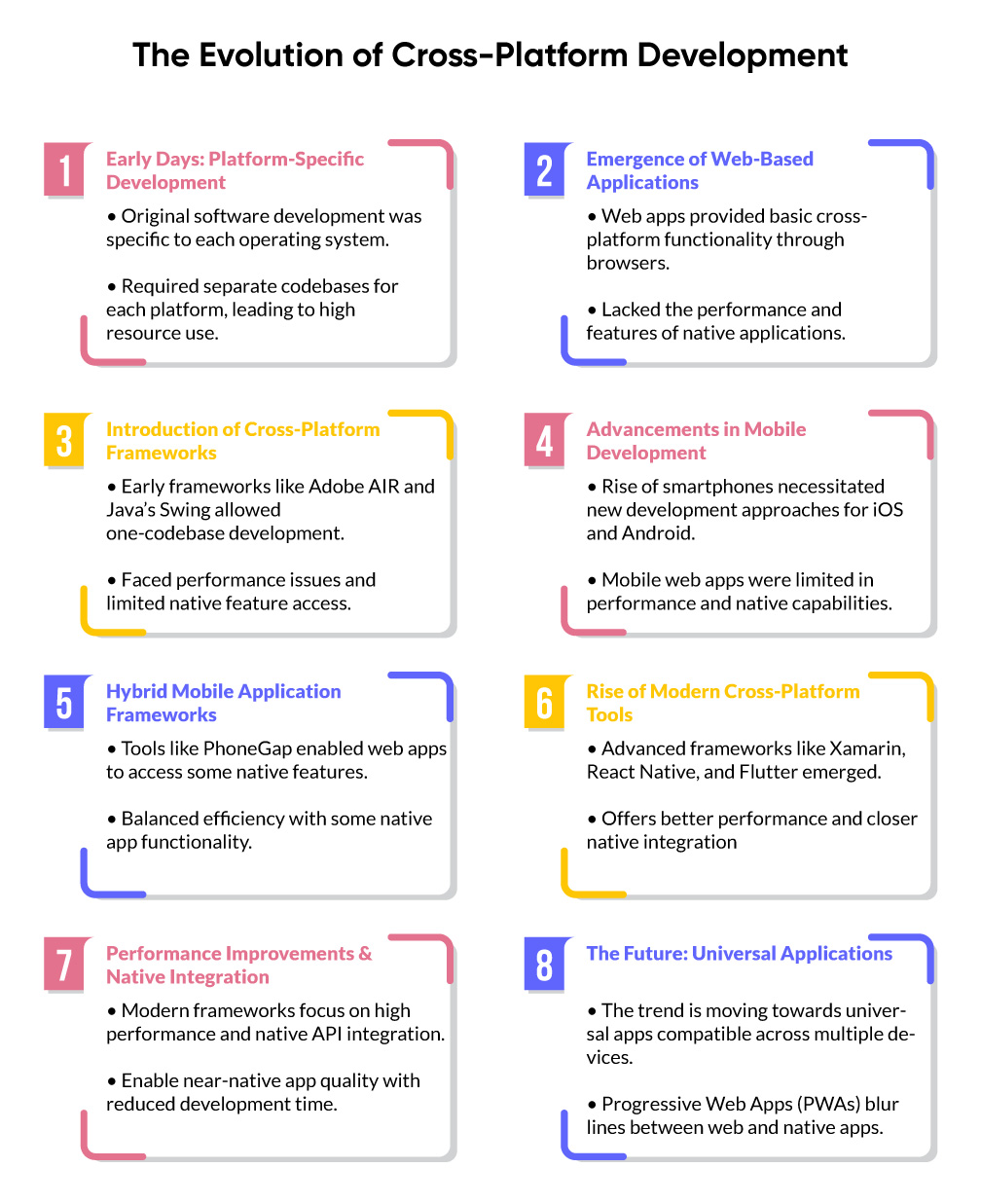Let's Get You Started

Let's Get You Started




When it comes to software development, one question that frequently pops up among new and seasoned developers alike is: Can you develop apps for iOS on Windows? This query isn’t just about the feasibility; it delves into the broader context of cross-platform development, which has become a cornerstone in the field of diverse operating systems and devices.
There’s a common misconception that developing iOS applications requires a Mac. This belief stems from Apple’s historically closed ecosystem. However, as technology advances, so do the ways in which we can create and innovate. Today, various tools and techniques make iOS development on Windows not just possible, but increasingly accessible and efficient.
Virtual machines (VMs) act as a bridge in the gap between Windows and macOS environments. They allow you to run macOS on Windows, thereby giving access to Xcode—Apple’s integrated development environment (IDE) essential for iOS app development.
Cloud-based Mac rental services offer another solution. These services provide remote access to a Mac server, enabling you to develop iOS apps from your Windows PC.
In the quest to develop iOS apps on Windows, cross-platform development tools stand out as game changers. They not only simplify the development process but also open doors to a world of possibilities, allowing developers to write code once and deploy it across multiple platforms, including iOS and Android. Let’s delve into some of the most prominent tools in this space.
React Native, developed by Facebook, is a robust framework that allows for the development of native apps using JavaScript and React. Its primary appeal lies in its ability to enable developers to write code that runs natively on both iOS and Android from a single codebase.
Flutter, developed by Google, is another powerful contender in the realm of cross-platform development. It uses the Dart language and is known for building beautiful, natively compiled applications for mobile, web, and desktop from a single codebase.
Xamarin, a Microsoft-owned framework, allows for building apps using .NET and C#. It stands out for its ability to provide native performance and integrates seamlessly with the Microsoft ecosystem.
The decision to use React Native, Flutter, or Xamarin depends on various factors, such as the developer’s familiarity with the programming languages, specific project requirements, and desired app performance. Each tool has its strengths and caters to different needs and preferences.
When you’re set to begin iOS development on a Windows system, selecting the best iOS IDE for Windows is key. Explore options like running Xcode through virtual machines or using versatile platforms like React Native and Xamarin for cross-platform development. Each IDE has distinct features tailored to different development needs, enhancing efficiency and productivity for both novice and experienced developers.

Cross-platform development is not just about overcoming OS limitations; it’s a strategic approach to software creation. By developing for multiple platforms simultaneously, businesses and developers can:
| Approach | Pros | Cons |
| Native iOS on Mac | Optimal performance, Full feature access | Limited to Apple ecosystem, Higher cost |
| iOS on Windows (VMs, Cloud Macs) | Broader accessibility, Lower cost | Potential performance issues, Setup complexity |
| Cross-Platform Tools | Wide audience reach, Uniform codebase | May lack some native features, Performance considerations |
Interested in iOS app development on a Windows PC? Here’s a quick guide! Use a virtual machine (VM) to run macOS and access Xcode, Apple’s IDE. Alternatively, cloud-based Mac rental services let you develop and submit apps remotely. Cross-platform tools like Xamarin, Flutter, and React Native are also great for writing code on Windows that compiles into native iOS apps. Choose the method that fits your needs to start creating iOS applications from your Windows environment.
Embarking on this journey might seem daunting, but with a step-by-step approach, it’s entirely achievable.
Developing iOS apps on Windows isn’t without its hurdles. Here are some common challenges and how to tackle them:
The answer to can you develop apps for iOS on Windows is a resounding yes. This capability opens up a world of possibilities for developers and businesses, breaking down barriers and fostering innovation. With the right tools, approach, and mindset, anyone can start on this exciting field of cross-platform development.
A 1: Yes, it's legal. However, ensure you use legitimate software and adhere to Apple's guidelines.
A 2: While development can be done on Windows, you might need access to a Mac or a cloud service for the final steps of app submission.
A 3: Basic programming knowledge is beneficial, but many tools and resources are available to help beginners.
A 4: This is mostly determined by the tools that are utilized and how well the app is designed. The majority of people don't notice it.
A 5: Costs can vary. VMs and cloud services have different pricing models, while cross-platform tools may offer free tiers.
A 6: Yes, it's possible to develop iOS apps on Windows using various methods like virtual machines, cloud-based Mac services, and cross-platform development frameworks. Each method has different implications for cost, performance, and setup.

Welcome to Appxide, where innovation meets utility in the world of app development. Our mission is to craft cutting-edge digital solutions that simplify lives and spark connections. With a diverse portfolio that traverses multiple sectors, we are committed to excellence and user-centric design. Stay tuned to our blog for the latest in tech, insights, and the stories behind our projects. Dive into the future with us – where every app we create is a step towards the extraordinary.